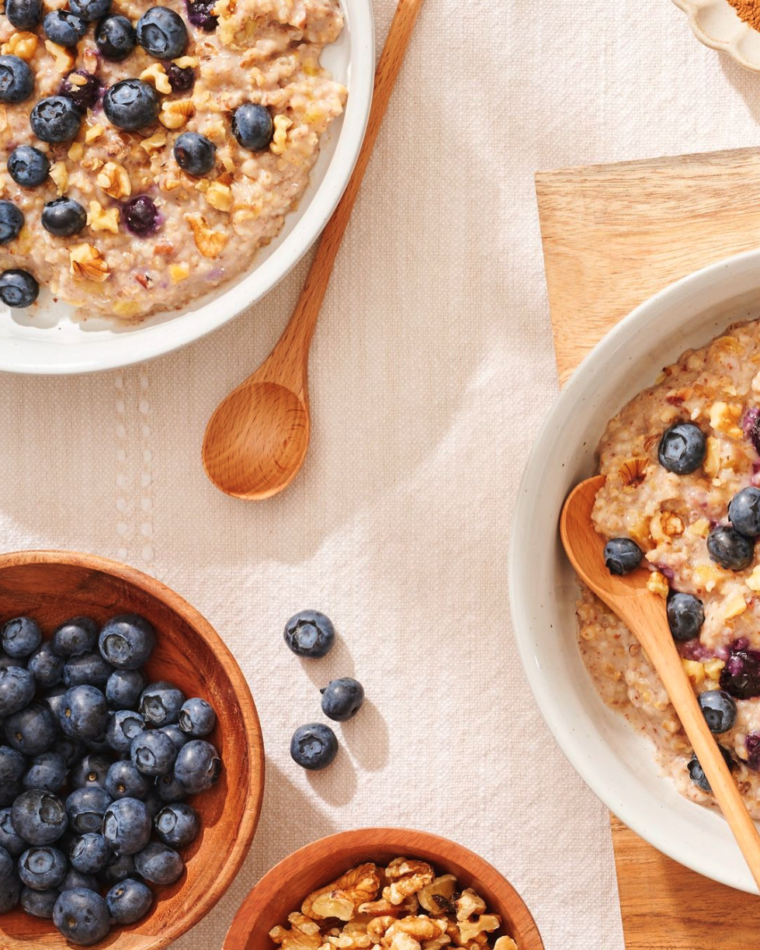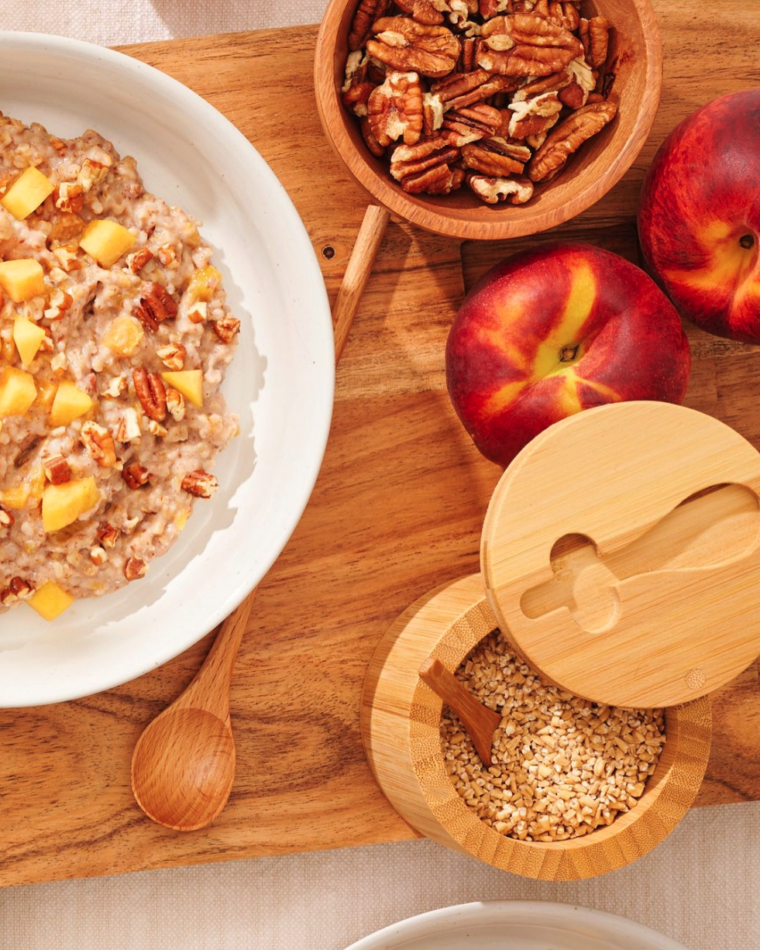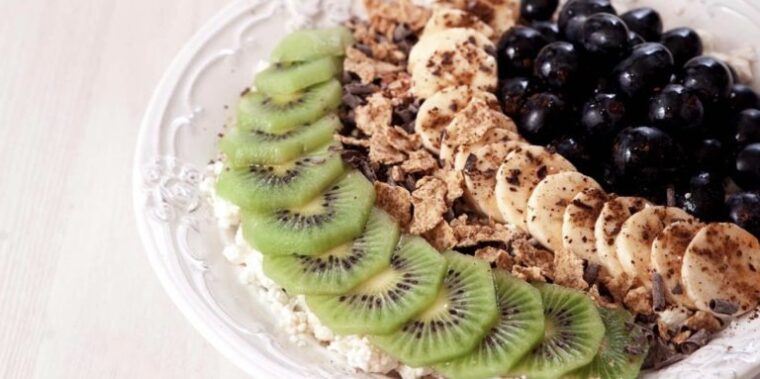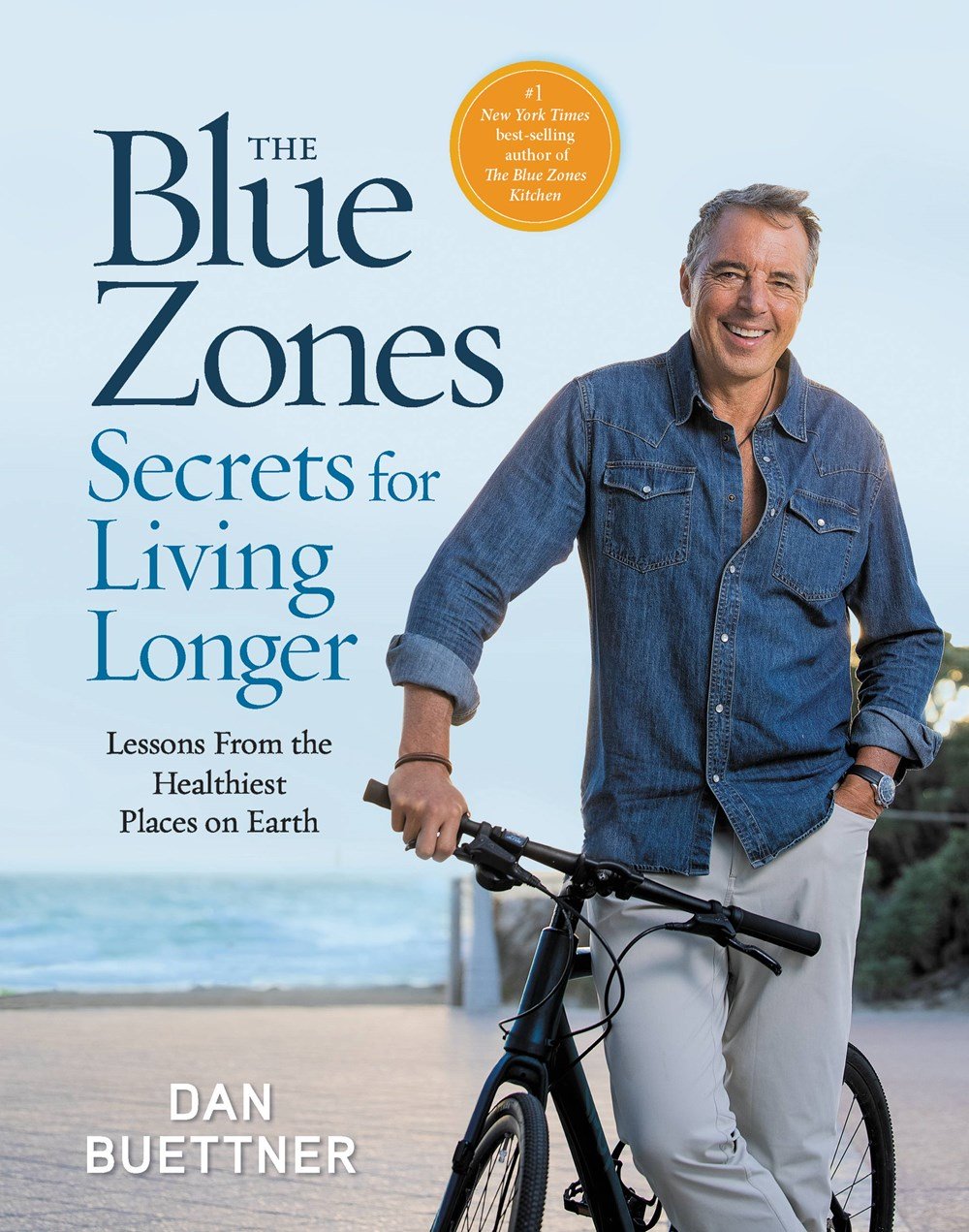It’s human nature to simplify the world, and we often simplify things into dichotomies: something is either A or it’s B.
We do the same thing with food. Anything you might eat is either good for you or it’s bad for you; either you’re on the organic, whole-food, clean-eating bandwagon or you’re eating chemicals and other artificial crap. (A lot of us jump back and forth across that line, but the point here is that we picture a line at all.)
Part of me is glad for the good food/bad food dichotomy, because it at least means people are paying some attention and making some nutritional distinctions. But the bigger part of me recognizes that this kind of thinking ultimately confuses people and, in many cases, leaves them fearful and uncertain of their food—and that’s a tragedy, because food is one of life’s best and simplest pleasures.
So, one of my ongoing tasks with Eating to 100 is to break some of these false dichotomies and help people understand what “good for you” and “bad for you” really mean to someone like me.
And I’m starting to think that oatmeal—of all foods—might be the single best example I have to make my meanings clear and the single friendliest entrance to health food for anyone looking to recalibrate the way they eat. So I’ll be returning to that unsung, unsexy hero of a breakfast here in a moment!
Later in Edition 47: my interview of a kindred professional spirit, someone with a different (but complementary) point of view on the “magic” of longevity.
Let’s get started!

About 25 editions ago, I wrote a quick primer on (real) oatmeal and why I’m such a fan of it—and while you might still find that foundational info useful, I wanted to put its health value in a new perspective.
As a writer, I appreciate oatmeal because it can be really good for you OR really bad for you, and that gives us an opportunity to find the devil in the details.
For example: oatmeal is a great place to talk about “food processing” and what that can mean and whether it’s a good thing or a bad thing. The basic bullet points there:
- Oatmeal is, by definition, a processed food; oats are the original plant matter, but raw oats are basically inedible until we make meal out of them (by cutting them or steaming and rolling them). This type of “food processing” is not just desirable, but actually necessary for us to eat the food at all!
- If we start from this kind of minimally-processed oatmeal and do the remainder of the “processing” (in this case, cooking) ourselves, we get the healthiest possible version of oatmeal—the kind with a full suite of nutrients and energy that not only burns long and steady, but helps moderate your blood sugar.
- As a rule, “food processing” becomes more problematic the further it goes beyond what’s necessary. We realized at some point that we can overprocess oats before cooking them (for example, by steaming and rolling them to within an inch of their lives) to greatly speed up the cook times, and this was an attractive proposition to our increasingly hurried culture.
- Most people still don’t realize that “quick oatmeal” is fundamentally different from real oatmeal, and because of its degree of processing. They think it’s “the same thing, just faster” when, in reality, the “faster” parts are exactly how it’s different. They don’t realize that, like always, there’s a tradeoff at play: the same thing that makes it quick to cook also makes it quick to digest, which means a blood-sugar crash.
As a foodie, I love oatmeal because it’s probably the healthiest and most versatile “comfort food” I can think of. The fact that I can picture oatmeal being eaten by lumberjacks and tree-huggers alike should suggest that it’s a “bridge” of sorts, a good entrance to the sort of old-fashioned healthy eating we see in the blue zones.
It also helps that you can make oatmeal as decadent or as nutritious as you want, and the essential good character of what you’re eating stays the same (as long as you start from real oatmeal). If a few spoons of honey or brown sugar or even table sugar will help you develop a taste for something this wholesome, it’s well worth spoiling yourself a bit!
Sure, oatmeal might be unsexy or even drab-looking, but I think we’re past the point in our youth where breakfast has to be festive and colorful to interest us. I’ll even go out on a limb and say that your willingness to try oatmeal (anew) is probably a good acid test for how seriously you’re willing to take dietary changes.
I could understand if someone didn’t want to try artichokes or brussel sprouts again… but oatmeal is about as mild and inoffensive as it gets! You can top it like dessert if you want to!
So here are two ways to give oatmeal another go:
1️⃣ Basically, get some real (not quick) oatmeal and follow the package directions. Steel-cut and rolled are both fine. When the oatmeal is done roughly ten minutes later, top it however you like (there’s a list of ideas in the oatmeal article of Edition 22) and enjoy!
2️⃣ Head to the freezer section and pick up one of the new Blue Zones Kitchen options! On that note…

The two newest meals from Blue Zones Kitchen are Blueberry Steel Cut Oatmeal and Peach Pecan Steel Cut Oatmeal, and—unlike all the Blue Zones Kitchen meals that have come before—they’re both fantastic ways to start your day. ☀️
(I mean, I guess you could start the day with minestrone or beans and rice, but… that doesn’t make them “breakfast foods”!)
As with all of our other meal options, these oatmeal bowls come with stamps of approval from both me and my dad Roger, a longtime taste-tester who better represents the meat-and-potatoes Middle American palette. Blue Zones Kitchen doesn’t send anything out unless it’s officially delicious… and these babies are OUT!
(To help entice you, here’s a $2 rebate. All you have to do is text a photo of your receipt!)
While you’re here, a couple of pro tips on these meals, straight from the source:
1️⃣ I think they’re even tastier if you add a pour (call it ¼ cup) of any kind of milk. I like it when oatmeal is a touch creamy.
2️⃣ You might need to cook these meals a bit longer than the packaging says—and this might sound like a bug, but it’s actually a feature. The technical reason for this is simply that not all microwaves are created alike.
The bigger, more conceptual reason is that we didn’t want to create our own version of the quick-oats problem. We wanted to keep the full-spectrum nutrition and low glycemic index of old-fashioned stovetop oatmeal, or else there would be no point.
So, frankly, when all is said and done, the Blue Zones Kitchen oatmeal options won’t be that much faster than making it from scratch on the stove. They will, however, be a lot simpler and easier (and tidier), not to mention delicious right out of the box!
PS: Blue Zones Kitchen is always looking to get opinions from real people, so feel free to fill out this feedback survey and share your two cents!

I wanted to make sure and share my interview of Marta Zaraska, who is something of a kindred spirit; we’re both longevity experts who consider 100 years to be the “gold standard.”
I especially like that Marta focuses on the “soft drivers” of health—aspects of your life that are hard to quantify but nevertheless important, like the strength of your marriage or your optimistic attitude. She picks up where the hard sciences (my typical crowd) run out of things to say, and that’s incredibly helpful when you’re trying to understand the “magic” of the blue zones from as many angles as possible.
For example: everyone talks about diet and exercise and their importance to health. I’ve written plenty about both of those topics as they pertain to the blue zones. But a lot of people wind up talking about diet and exercise as though they are health—as though they’re the only two factors that really matter, far and above everything else.
In truth: yes, diet and exercise matter tremendously to your health, but so do other factors.
Regular exercise can lower your mortality risk by 23-33%, but building a strong support network can lower that risk by about 45%.
Six servings of fruits and veggies per day will lower mortality risk by 26% or so, but volunteering can drop it anywhere from 22% to 44%!
Of course, it’s a bit misleading to set these statistics up against one another as though they’re replacements or competitors. They’re not. The bigger point is simply that health is a holistic picture, and that certain factors don’t matter less simply because they’re hard to measure or fuzzy around the edges. Marta was the perfect partner for a discussion like this.

Slow-Cooker Oatmeal
Ingredients
1 1⁄2 cups steel-cut oats
1⁄2 teaspoon salt
The Method
- Stir the oats, salt, and 6 cups water in a 5- to 6-quart slow cooker.
- Cover and cook on low for 6 hours.
- The mixture can stay covered and on the keep-warm setting for up to 2 hours.
Cooking Tips
- For more flavor, use 3 cups water and 3 cups soy milk to cook the oats.
- Fill your bowl and kick up the flavor by adding one or more of the following: ground cinnamon, grated nutmeg, chopped toasted nuts, minced peeled fresh ginger, maple syrup, honey, agave nectar, shredded coconut, raisins, chopped dried apples, chopped pitted dates, sliced bananas, blueberries, and/ or blackberries.









